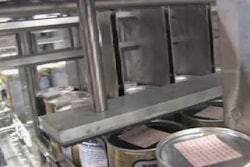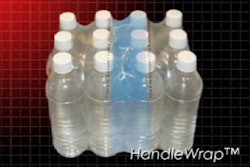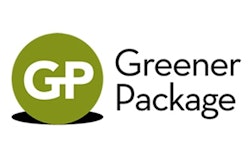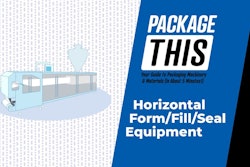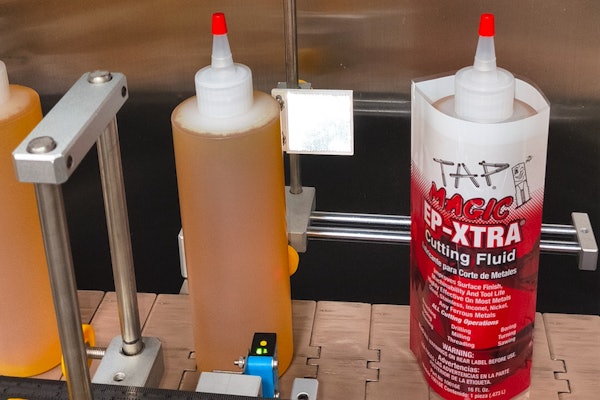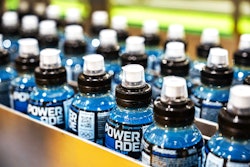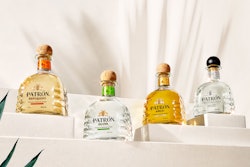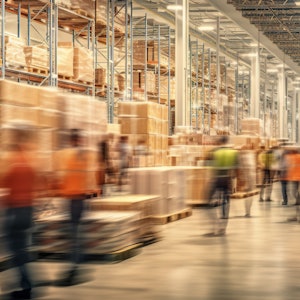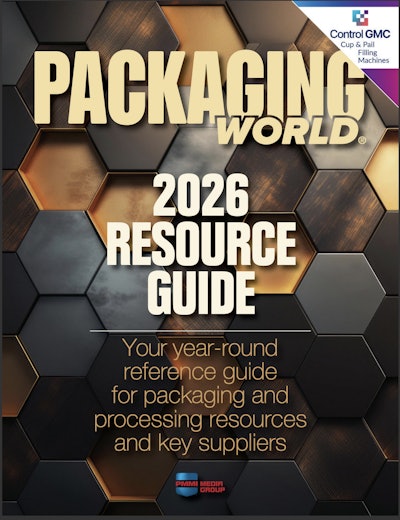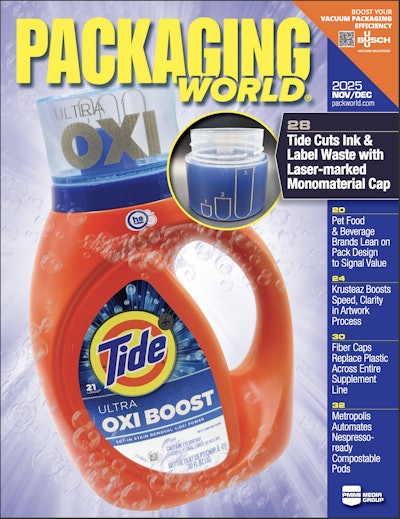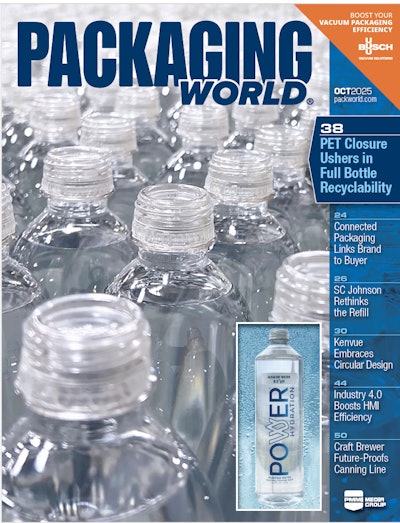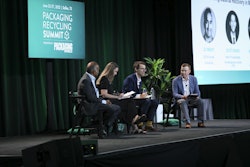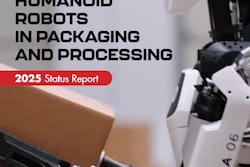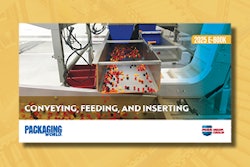A growing global problem, counterfeit pesticides threaten the health of
farmers and consumers, as well as damage crops and wreck havoc on the
environment. In Europe, abundant regulations cannot be enforced,
leading to a "dramatic increase in illegal, counterfeit pesticides"
there. In some areas, 25% or more of the market is estimated to be
counterfeit. In China 30% of the pesticide market is counterfeit. Few
controls are in place in China for the manufacture and export of active
substances. That means counterfeit products reach markets around the
world. "Three main areas of illegal activity" illustrate that packaging
plays a role in this problem: "Fakes," contain anything including water
or talc, or outdated stock containing banned substances. Fakes are
often sold in individual packages with plain containers and minimal
labeling. "Counterfeits" are "sophisticated copies" of name brands that
replicate high-quality labeling and packaging of the products they are
imitating. "Illegal parallel imports" are substituted for legitimate
products and are repackaged, "compromising the products' integrity" and
allowing contamination and inferior product to enter the marketplace.
www.citrusandvegetable.com
www.citrusandvegetable.com



